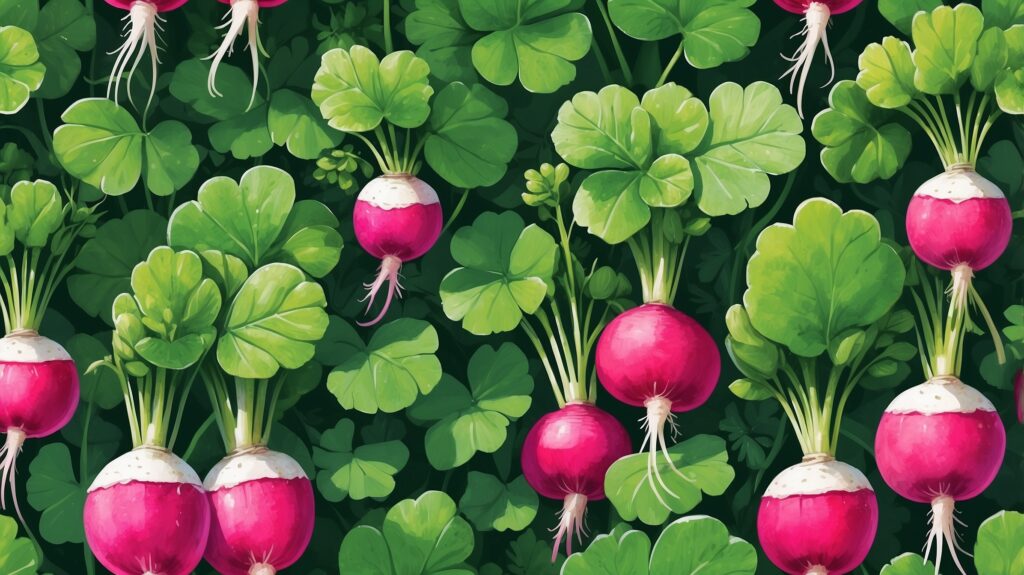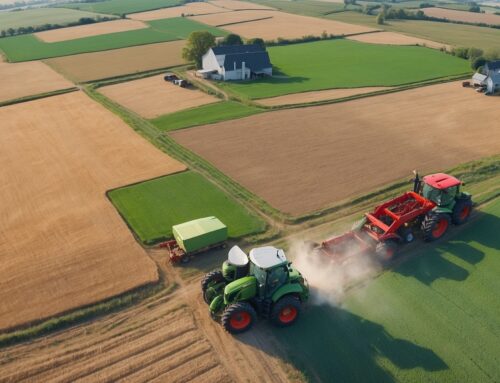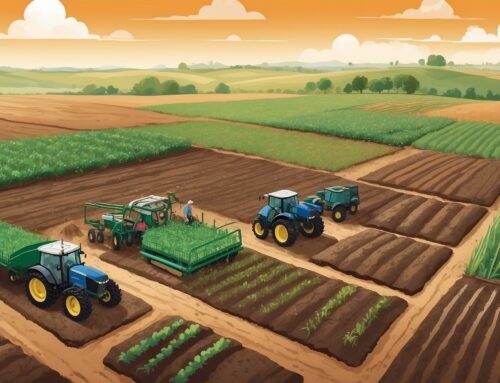Howdy again, fellow soil slingers and crop wranglers! Today, we’re going to take a look at something that has been making waves in the farming community: regenerative agriculture. Now, I know what you might be thinking—it’s just another fancy buzzword for doing things the way our great-grandparents did. And sure, there’s a lot of wisdom in how our ancestors took care of the land, but what if we could combine that wisdom with some modern gadgets to give it a boost? That’s where IoT (Internet of Things) and soil moisture sensors come in. Trust me, when these newfangled devices team up with old-school practices, the results can be downright magical.
Regenerative Agriculture: More Than Just a Trend
First, let me get one thing straight: regenerative agriculture isn’t just a trend. It’s not like those “green smoothies” that come and go. It’s a way of working with nature to make sure our land stays healthy and productive for generations to come. The goal is simple: improve soil health, increase biodiversity, and enhance ecosystem resilience. Sounds good, right? But it’s not always easy to do—especially when we’re up against unpredictable weather, pests that seem smarter every year, and prices that keep going up.
That’s where technology comes into play. IoT and soil moisture sensors might sound like something out of a sci-fi movie, but they’re actually tools that can help make regenerative agriculture a reality on a large scale—without sacrificing yield or profit. Let’s dig in (pun intended).
Keeping the Soil Happy with IoT
One of the core principles of regenerative agriculture is keeping the soil covered and ensuring it stays healthy. Healthy soil is full of life, like earthworms, fungi, and good bacteria. It’s like a thriving city down there, with everyone working together to support the plants growing above. But if we over-irrigate or let the soil dry out, it’s like evicting all those helpful critters from their homes—and that’s no good for anybody.
This is where soil moisture sensors come in. These handy little gadgets tell us exactly how much water is in the soil at any given time, allowing us to make informed decisions about when and how much to irrigate. Instead of drowning our fields or letting them turn to dust, we can keep moisture levels just right—and that means keeping our underground buddies happy, too.
Now, with IoT at our disposal, all those soil moisture sensors aren’t just sending data to some dusty old computer. They’re sending information directly to our phones, our tablets, or even to an automated irrigation system. Imagine getting an alert that says, “Hey, the soil in the west field is starting to dry out,” and with a couple of taps on your phone, you’ve got water flowing. It’s like being able to take care of your crops while you’re out fixing a fence or, let’s be honest, while you’re grabbing a cold one after a long day.
Cover Crops and Moisture Management: A Perfect Match
Another important part of regenerative agriculture is cover cropping. Cover crops like clover or radishes help protect the soil, add organic matter, and keep moisture from evaporating. But how do you know if those cover crops are really doing their job? Yup, you guessed it—soil moisture sensors again.
With sensors in the ground, you can measure how effective your cover crops are at retaining moisture. Maybe you’ve got a patch of ground where the cover crop isn’t doing as well, and the soil is losing water faster. That’s valuable information you wouldn’t have otherwise, and it helps you make better decisions about which cover crops to plant and where.
IoT also lets us track all this data over time, so we can see if our regenerative practices are really making a difference. If the soil stays moist longer and the crops are healthier, then you know you’re on the right track. And let me tell you, there’s no better feeling than knowing that the work you’re putting in today is making your land better for tomorrow.

Grazing, Rotating, and Tech Upgrading
Regenerative agriculture isn’t just about cover crops—it’s also about practices like rotational grazing. Moving livestock around helps to prevent overgrazing and encourages healthy plant regrowth. But managing grazing can be a real headache, especially when you’re trying to time it just right to make sure the pasture has recovered enough.
With IoT, you can track soil health and moisture in grazing areas to decide when it’s time to move the herd. You get the data you need to make sure your livestock isn’t trampling the pasture to death and that they’re always getting fresh forage. It’s the kind of decision-making that turns a good grazing practice into a great one, and it keeps both your animals and your fields in top shape.
It Ain’t Perfect, But It’s Worth It
Look, I’m not going to sit here and pretend that regenerative agriculture with IoT and sensors is all sunshine and rainbows (although the rainbows are nice when they show up). There are costs involved, and there’s a bit of a learning curve. But think about it like this: every new piece of equipment, from your first tractor to your latest combine, took some getting used to. The payoff, though, is undeniable. Healthier soil, more resilient fields, and the ability to pass on land that’s in better shape than when you got it—that’s something worth working for.
So, if you’re like me and you believe in working with the land instead of against it, it might be time to start looking into these new tools. IoT and soil moisture sensors can help us be better stewards of the soil—and, who knows, maybe even make our job just a little bit easier along the way. After all, there’s nothing wrong with a little help from technology if it means a healthier future for our farms.
Until next time, keep those boots muddy and those sensors humming!





